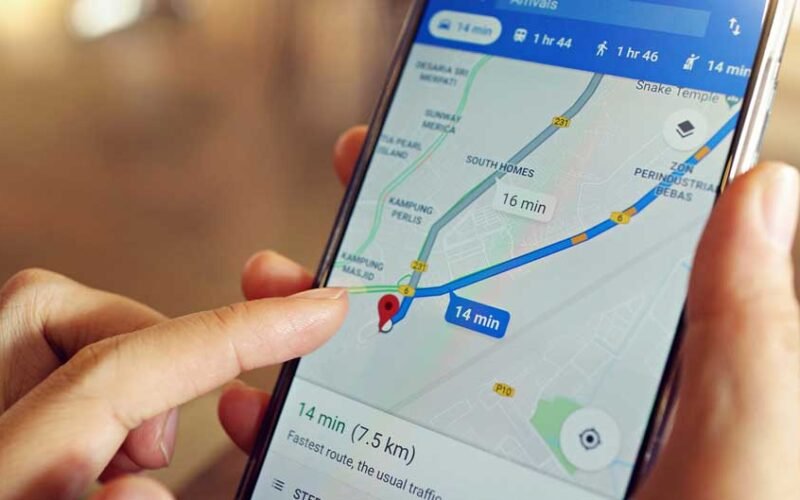Why Geo-Targeting Matters in Insurance
Insurance is fundamentally a local business. Whether it’s car, home, or business insurance, policies and premiums often vary by location. That’s why using geo-targeting in insurance ads is more than just a digital marketing tactic—it’s a strategic advantage. Geo-targeting enables agencies to reach potential clients based on where they live, work, or travel, allowing for messaging that feels more relevant and timely.
For insurance agencies competing in saturated markets, standing out isn’t just about flashy ads—it’s about showing up in the right places with the right message.
How Geo-Targeting Works in Digital Advertising
At its core, geo-targeting uses location data to serve ads to people in a specific geographic area. This could be based on ZIP code, city, radius, or even coordinates from mobile devices. For insurance marketers, this opens up a world of possibilities.
Want to promote flood insurance in low-lying suburbs? You can. Looking to attract new homeowners in a specific postcode? Geo-targeting makes it possible. Most platforms like Google Ads, Facebook, and programmatic DSPs offer geo-targeting capabilities that can be as broad or as precise as your campaign needs.
Practical Use Cases for Insurance Agencies
Local targeting can transform how insurance ads perform when implemented with purpose. Here are some practical ways agencies are putting it to work:
- Zip Code Targeting for Auto Insurance: Some insurers adjust premiums by zip code based on risk. Ads can reflect this by showing location-specific pricing or benefits.
- Postcode-Specific Offers for Home Insurance: A campaign promoting discounted premiums after a major weather event can be targeted to areas most affected.
- Radius Targeting for Event Sponsorships: If your agency sponsors a local event or partners with a community group, you can serve ads to attendees within a set radius during the event.
- Location-Based Keywords: Adding local suburbs or city names into ad copy and landing pages improves both CTR and ad relevance.
Blending Geo-Targeting with Personalisation
While location is a powerful filter, it becomes even more effective when combined with personalisation. Think of geo-targeting as the “where” and personalisation as the “who.”
By layering location with demographic or behavioural data, agencies can deliver even more tailored messages. For instance, targeting small business owners in a specific area with ads for tailored commercial insurance—using language that reflects their community’s needs—can drastically improve engagement.
Benefits Beyond Clicks and Conversions
The most immediate impact of geo-targeting is often improved ad performance—higher click-through rates and lower cost-per-lead. But the benefits go deeper:
- More Efficient Ad Spend: You’re not wasting budget on users outside your target zone.
- Higher Lead Quality: Leads are more likely to convert when the message is relevant to their geography.
- Enhanced Local Presence: Geo-targeted ads reinforce your reputation as a provider who understands the local market.
- Improved Retargeting: You can retarget based on visited locations or served ads, building stronger engagement over time.
A Tool for Better Client Management
Strategically applied, geo-targeting can also improve the management of insurance agency operations. By understanding where your best leads and conversions are coming from, you can shift sales efforts, allocate resources, and develop more efficient workflows.
For example, if geo-targeting reveals that most high-value clients come from specific postal areas, you may want to assign more agents there or offer region-specific services. In this way, geo-targeting isn’t just a marketing tool—it becomes part of how you manage and scale agency performance.
Common Pitfalls to Avoid
Like any digital tactic, geo-targeting can backfire if misused. Here are some common mistakes to steer clear of:
- Targeting Too Broadly: Casting too wide a net dilutes your message and drives up cost without delivering quality leads.
- Ignoring Local Nuances: Not all neighbourhoods are the same—understand the demographics and adjust your message accordingly.
- Forgetting Mobile Users: Many users will see your ads on mobile while in transit—be sure landing pages are mobile-optimised and load quickly.
- Lack of Local Relevance in Copy: Simply showing an ad in a location isn’t enough. Make sure your ad copy and CTA speak to the local context.
Making the Most of Localised Campaigns
The best geo-targeting strategies don’t just segment by place—they speak to place. That could mean referencing a popular local landmark, acknowledging recent weather events, or offering a seasonal promotion relevant to that region. It’s a subtle but powerful way to build trust.
A quick example: instead of “Affordable Home Insurance,” a geo-targeted ad could read “Protect Your Northern Beaches Home This Storm Season.” It immediately feels personal and relevant.
Conclusion: Location Is Power
In a competitive industry like insurance, relevance wins. Geo-targeting gives insurance agencies the power to show up where it matters, when it matters—making every marketing dollar go further.
When integrated with broader strategies for lead generation, client engagement, and the management of insurance agency operations, geo-targeting isn’t just another marketing feature. It’s a long-term growth lever. The more local your approach, the more powerful your impact.










